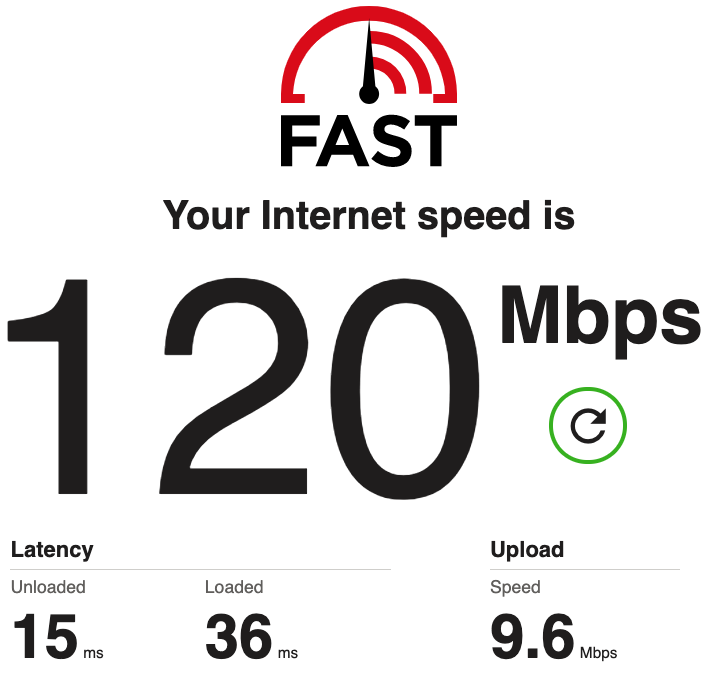If you’re reading this – you’ve experienced latency (i.e. internet lag).
For most of us, it’s not something we inherently notice day-to-day unless you’re on the ‘HIGH’ side. That’s when the web feels like it’s moving in slooooow motion.
Latency = Delay
Latency is the time it takes for your action on a computer (or other connected device) to transmit through the internet and trigger something online to take place.
This could be doing a web search. Talking on a VoIP line or web conference. Or even playing an online video game.
The amount of latency your internet connection has will greatly impact your online experience.
Now, you might be thinking you’re ultra fast high-speed connection is immune to slow speeds – but that’s not necessarily the case. Bandwidth is NOT the same as latency, but it’s often how we associate how good a connection is.
As an example – let’s say you’re watching Netflix.
If your latency is high, you may find it takes a few seconds longer to do searches or wait for categories to load after selection. But, once you’ve selected a video, if the bandwidth is high you can easily stream HD video without issues.
Is that starting to make sense?
Latency is the speed it takes for your actions to be received, while bandwidth is the ability to send information quickly afterwards.
What is a Good Latency?
A lot of this depends on your unique needs, but typically anything under 100ms is reasonable.
If you’re a hardcore gamer, you may want something closer to 50ms or less.
If your business is performing critical functions online you will likely want something even lower (check out NWIC’s Think BIG connection).
Your internet type greatly dictates what kind of latency you will experience.
Here are some approximate latency speeds based on connection type:

As you’ll see, NWIC’s Think BIG enterprise solution offers an ultra low latency while connections such as satellite internet are very high. Interestingly, both of these options are wireless and travel vast distances. The big differentiator is the technology being used.
If your connection has high latency you will always struggle with using services like VoIP or web-conferencing (eg. Zoom/Skype).
Other factors that contribute to latency
Now that we know what latency looks like in different connections, it’s good to understand what else could contribute to this issue.
1) Your Network or Router
If your home or office network is underpowered, or you’re using older equipment, you may experience high latency no matter what internet connection you have. Consider upgrading to a newer router (eg. Eero Wi-Fi) that is designed to handle many devices connected simultaneously.
2) Wireless Interference
If you live in a densely populated area, chances are you can see your neighbour’s Wifi show up while searching for a network. Your Wifi frequency may be overlapping with theirs causing interference and lag. Try switching your Wifi channel to help troubleshoot.
3) Traffic Load
If your internet connection is maxed out, it’s likely everything will run slowly. Try shutting down devices or streaming to improve speeds.
Testing Latency
If you’re curious, head over to Fast.com. A speed test will start and shortly after you see the result you’ll notice a button for “More Information”. This will give you a snapshot of how you stack up.
Below are the results from a recent NWIC Cable Internet for Home test.

Need help improving your connection?
Contact the NWIC Sales team today to learn more about our high-speed internet solutions for your home and business.
